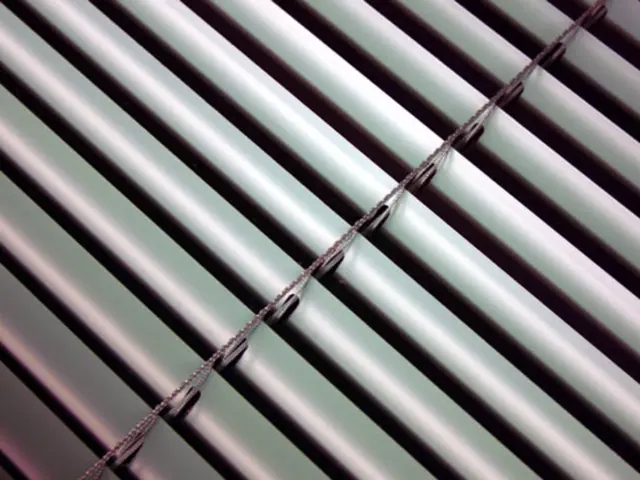The Significance of Energy Efficiency Ratings for Home Improvements during Renovations
Homeowners who embark on renovation projects should seriously consider the energy efficiency of their chosen windows. Apart from aesthetics, windows impact a home's energy consumption, comfort, and cost-effectiveness.
Window energy ratings, provided by organizations such as the National Fenestration Rating Council (NFRC), serve as a standard for measuring window performance. These ratings encapsulate three key factors: U-Factor, Solar Heat Gain Coefficient (SHGC), and Visible Transmittance (VT).
The U-Factor measures the rate of heat transfer through the window. Lower U-Factors equate to better insulation, particularly beneficial in colder climates where retaining heat is crucial. Conversely, a low SHGC, which indicates how much solar heat passes through the glass, is advantageous in warm, sunny areas, as it reduces the need for air conditioning. Higher VT values allow for increased natural light, potentially reducing the dependency on artificial lighting.
Installing windows that meet these standards not only results in energy savings but also enhances the comfort of the interior living space. Improved insulation reduces drafts and maintains consistent temperatures, particularly during extreme weather conditions. Additionally, energy-efficient windows help regulate indoor humidity and noise levels, contributing to a more pleasant living environment.
Another key aspect to consider is the environmental impact. Energy-efficient windows emit fewer greenhouse gases due to reduced energy consumption, making them an attractive option for homeowners who prioritize sustainability.
When selecting window styles – whether slider or single hung – prioritize energy efficiency above style. Both types can offer impressive energy performance when correctly installed with appropriate sealants, glazing, and energy-efficient materials.
To make an informed decision, homeowners should:
- Seek ENERGY STAR certification for their climate zone.
- Examine NFRC labels to understand the U-Factor, SHGC, VT, and air leakage ratings.
- Opt for Low-E glass coatings for additional insulation and solar control.
- Consider frames made from insulated vinyl, fiberglass, or composite materials.
- Look for double or triple glazing with argon or krypton gas fills between panes.
- Ensure professional installation for optimal results.
By focusing on energy-efficient windows, homeowners can enjoy reduced energy bills, improved indoor comfort, and higher property values, making their lives more comfortable and cost-effective in the long run.
- Homeowners looking to improve their home's energy efficiency might find tutorials on the importance of energy-efficient windows in reducing energy bills and enhancing interior comfort.
- In the realm of home-improvement and home-and-garden design, the architecture of energy-efficient windows can serve as a source of inspiration, offering a fusion of aesthetics and eco-friendliness.
- When it comes to lifestyle choices, opting for energy-efficient windows can lead to several benefits, including improved comfort, reduced energy consumption, and increased natural light – all contributing positively to one's living environment.
- As home renovation projects tend to focus on creating comfortable, cost-effective spaces, incorporating energy-efficient windows into the home-improvement process can be an essential aspect of redesigning a home, improving its overall functionality and aesthetics.







